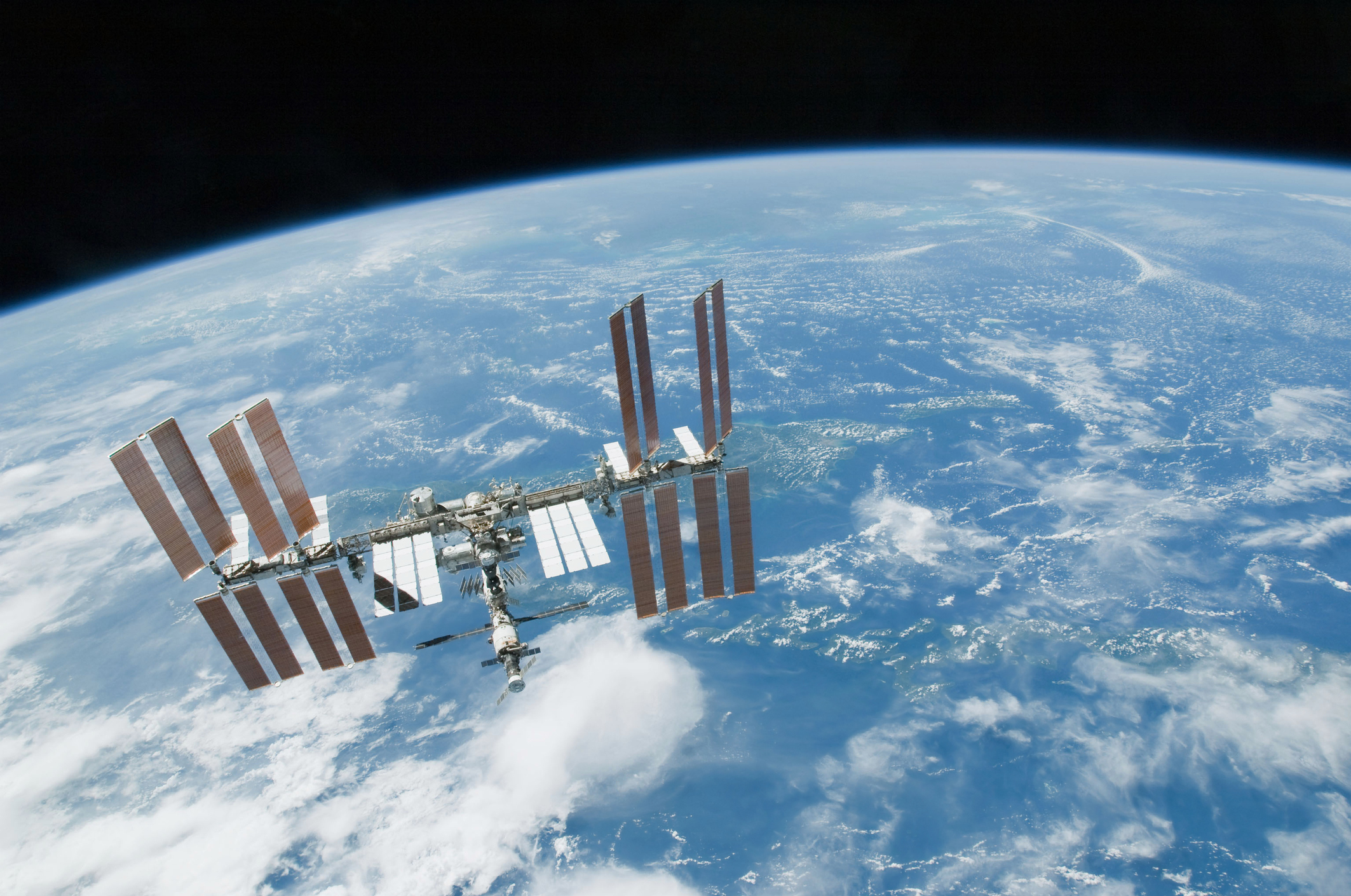
Expert examines the challenges that regulation of outer space poses to the international community.
When the fictitious Captain Kirk called space the final frontier, he spoke of a far-flung future. But what happens when humankind’s capability to explore outer space exits the realm of science fiction, and the final frontier begins to have very real implications for the way nations conduct themselves—especially in times of war—on Earth?
In a recent paper, Steven Freeland, a law professor at Western Sydney University, explores how the fast-evolving nature of armed conflict has challenged the international regulation of outer space. He explains that the international community has already taken steps to implement a regulatory regime for the use and exploration of outer space. But Freeland argues that these measures do not fully address the range of issues that arise when countries apply traditional rules of warfare to conflicts in the final frontier.
Freeland tracks the inception of existing international regulations of outer space back to the Soviet Union’s launch of the first artificial satellite—Sputnik I—in 1957. Countries around the world saw both the potential and threat that outer space represented, prompting the United Nations (U.N.) to establish a permanent committee responsible for the development of international space law just two years later.
The U.N. then adopted a key foundational principle in the regulation of outer space – that concepts of territorial sovereignty on land should not apply to this new frontier. The U.N. subsequently codified this principle of “non-appropriation” in several treaties, including the United Nations Outer Space Treaty. The Outer Space Treaty further reinforced the importance of non-appropriation by establishing that states could explore and use outer space “without discrimination” and only for “the benefit and in the interests of all countries.”
Freeland states that these ideas represented “an important proactive step designed to protect outer space from the possibility of conflict driven by territorial or colonizing ambitions.” As such, he argues that the principle of non-appropriation has an essential role in the regulation of outer space activities.
Freeland observes, however, that apart from these expressly stated principles, the degree to which international law governs outer space is “less straightforward.” In particular, because the international community developed most existing international law to address “terrestrial” warfare, its applicability to regulating extraterrestrial warfare remains unclear.
The U.N. codified the Outer Space Treaty to promote “peaceful” uses of outer space, such as for scientific research, and established the principle that outer space activities be carried out “in accordance with international law, including the Charter of the United Nations,” to restrict its militarization. More specifically, the prohibition on the use of force in Article 2(4) of the U.N. Charter, and Article 51 of the Charter, which creates an exception for the use of force in self-defense, represent crucial elements in the regulation of outer space. But Freeland questions the use of these kinds of rules within the “unique legal and technological context of outer space.”
As an example, Freeland points to the growing prevalence of “dual-use” satellites as one contemporary technological development that challenges traditional principles underpinning the conduct of war. Although traditional rules of armed conflict restrict legitimate targets to those that have a military or strategic purpose, a dual-use facility can also provide essential civilian or commercial services. As such, countries could face great difficulty when attempting to differentiate between the military and civilian uses of a piece of technology in outer space.
Furthermore, a determination of whether the harm done to civilians is proportional to the military value of a satellite—a fundamental tenet regulating the use of force—becomes complicated by the fact that a satellite’s destruction could potentially have a devastating impact on civilians by interrupting essential telecommunications services. In Freeland’s view, these kinds of traditional principles of the laws of war are “neither sufficiently specific nor entirely appropriate for military action in outer space.”
Freeland notes that several commentators have stated that space warfare is “inevitable” due to the current complex geopolitical climate and the growing proliferation of satellites, ballistic missiles, and other space technologies. Consequently, he states that ambiguities in the law must be avoided to ensure respect for the rules regulating the use of force in outer space.
In order to resolve these grey areas, Freeland argues, countries must develop clear definitions for essential concepts relating to military activity in outer space—what constitutes a “space weapon”, or how to distinguish between “military uses” and “peaceful purposes” in outer space. Additionally, he notes that the fundamental issue of where Earth ends and space begins remains unresolved.
Ultimately, Freeland states that although the form of an appropriate regulatory framework is still unclear, one must be found “in order to avoid the possibility of scenarios that do not bear contemplation.”



